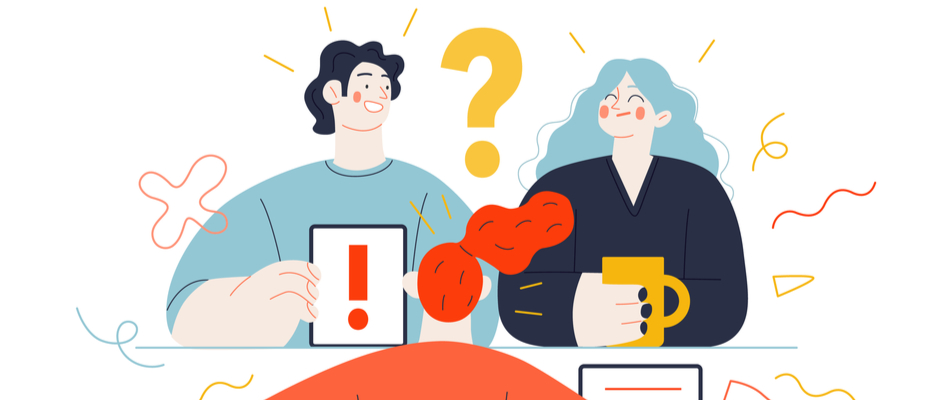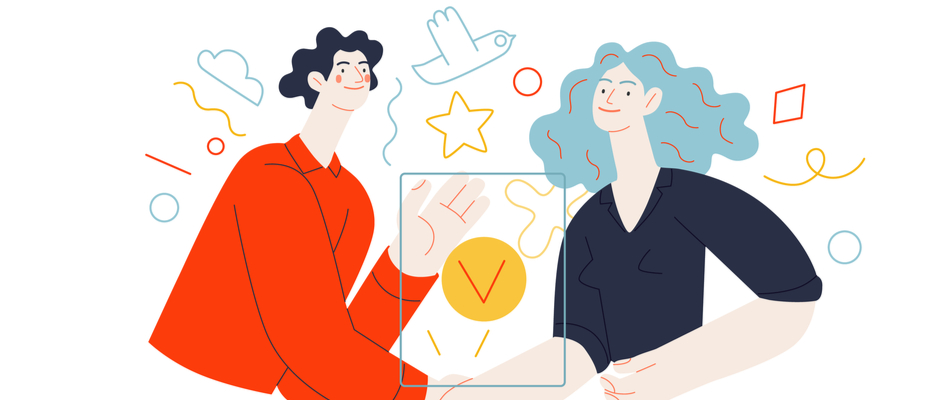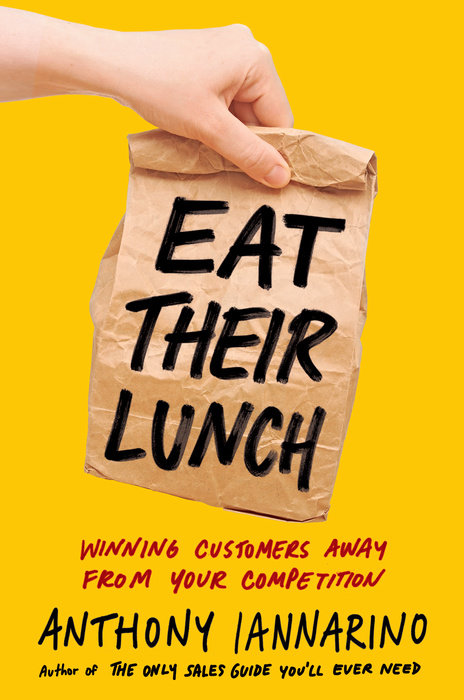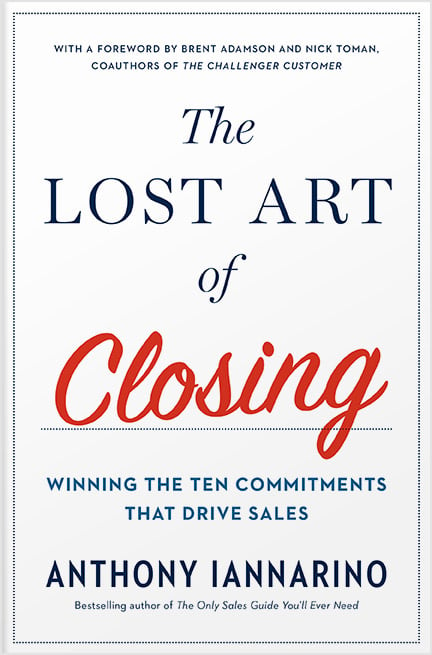The Gist:
- Early legacy approaches to sales leveraged external factors to create a competitive advantage.
- Eventually, these approaches settled on “solutions” as the main advantage.
- Over the last decade, the competitive advantage has shifted to the salesperson’s ability to create value around decisions and results.
Salespeople have tried many ways to compete for and win new business, most of which have produced uneven results. Over time, some factors that we believed offered a competitive advantage have lost their power. But there’s good (and mounting) evidence that a single strategy will consistently help you win deals: creating greater value for your prospective clients than your competitors.
In other words, your job is to help your clients make and execute a decision about their future results. To get there, though, it helps to know the history of seeking external competitive advantages and why providing value is a more reliable approach.

You Can Find My Exact Plan for How to Gain a Meeting With Your Dream Client Here: 
Early Advantages: Reputation and Products
Historically, the first strategy sales organizations adopted was to locate competitive advantage in their company’s record and reputation. To execute this strategy, you would share your company’s origin story and how many decades it’s been in business, proof positive that clients can trust it for many years to come. Likewise, you’d brag about any and all awards and accolades to prove your past success. Later incarnations included organizational charts of the executive leadership team, a map of locations, and a list of customers with instantly recognizable logos. The competition was over trust and reputation.
The second strategy was to compete based on products and services. You might still start this pitch by sharing information about your company, but follow up by extolling the tremendous value in your products and services. As this strategy matured over time, the competition shifted to features, benefits, and eventually, advantages. The prospective customer was buying the product or service, so the competition was between each competitor’s product lines.
In both approaches, the value was found in something external, a strategy that required differentiating your company and your products from your competition. There are still salespeople who compete using some combination of these two external competitive advantages. But the salespeople themselves were never the primary factor, even though the salesperson has always been central to B2B sales.

Later Advantages: Pricing, Service, and Solutions
The third strategy was competing on price, often by asking clients, “why would you pay more for the same thing?” In every market, there are some consumers who believe value means getting “a deal.” You may have friends or family members who buy something they don’t really need just because it’s on sale. Companies like Walmart and Aldi use this mindset as one of their main appeals, since lowering prices is still a powerful strategy in many markets.
A fourth strategy is stressing delivery and service. This approach is found in guarantees (now service-level agreements) to provide service and support for the product, service, or solution. When something is important to you, you might pay a little bit more for the certainty that comes with guaranteed delivery and service, should you need it.
This brings us to the fifth strategy, a tremendous innovation that moved the competition from external elements to creating value for the client. As they went from selling products to selling “solutions,” salespeople had to identify and solve each client’s specific problems. Along the way, many sales organizations attached a linear sales process to the “solution sale,” since the Holy Grail of sales is, was, and always will be the ability to ensure repeatable success.
Because of the long history of seeking external advantages, these “solutions” often ended up feeling like just another a product or service, with the problem being nothing more than the key to proposing the salesperson’s solution. That said, there was still a greater emphasis on creating value for the client. Each and every one of these legacy competitive advantages is still being used, even though they no longer provide the same advantage they once did.

Win customers away from your competition. Check out Eat Their Lunch
A Monumental Leap Forward
As corporate decision-makers and decision-shapers find themselves in more complex environments that are much more difficult to navigate, the competitive advantage has shifted to value creation. While external advantages can still deliver value after you win a deal, getting there now requires an internal competitive strategy, one that belongs to the salesperson. The critical shift in competitive strategy now tracks who can create the greatest value for the client during the sales conversation.
When your prospective clients experience a form of dissonance and are unable to make sense of their world, you create value by helping them understand the forces at work in their environment and how they impact their business. When your contacts are uncertain about the change they need to make, you create value by providing them with a safe path forward to the better results they need. The salesperson who best enables their prospective client to make the best decision for their business—and their future—creates a level of value that positions them to win the client’s business.
In 2021, the new Holy Grail of competitive advantage is sales technology, especially automation. While technology allows one to do more work with less effort, whether it’s a cotton gin or an automated prospecting sequence, it provides only greater activity, not greater effectiveness. No technology will improve your effectiveness in a complex, dynamic, nonlinear conversation about change. It takes competencies and character traits, developed carefully and consistently, to create a lasting competitive advantage in any market. If you want an edge over your competition, do the work to become your prospective client’s competitive advantage.
Do Good Work:
- Identify and describe the primary strategies you use to pursue deals.
- Determine what kind of value your client really needs from you now, even if you created advantages differently in the past.
- Assume that the only way you can win a deal is to create greater value than your competitors within your client conversations.

Essential Reading!
Get my 2nd book: The Lost Art of Closing
"In The Lost Art of Closing, Anthony proves that the final commitment can actually be one of the easiest parts of the sales process—if you’ve set it up properly with other commitments that have to happen long before the close. The key is to lead customers through a series of necessary steps designed to prevent a purchase stall."
Buy Now








.jpg?width=768&height=994&name=salescall-planner-ebook-v3-1-cover%20(1).jpg)


